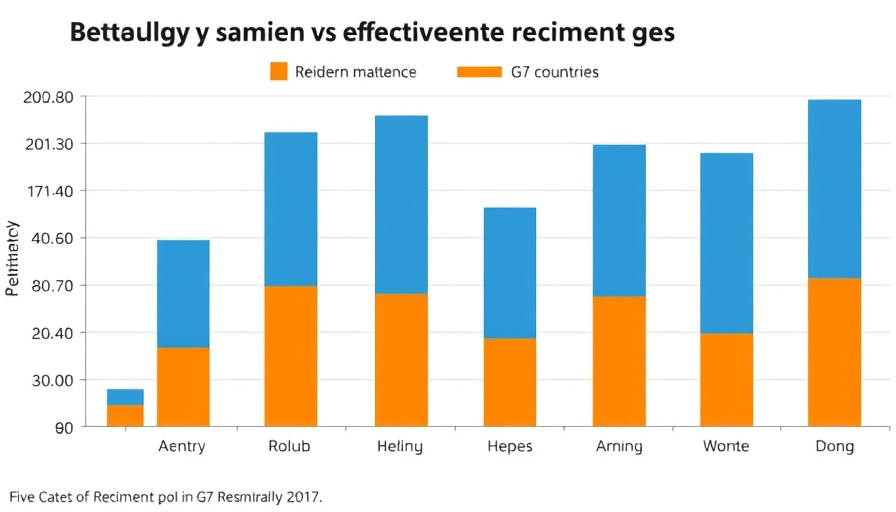
Why Are Americans Working Less?
For the past five years, full-time employees in the U.S. have been clocking in fewer hours each week, a trend that has significant implications for both employees and their organizations. According to recent findings, the average hours worked per week dropped from 44.1 in 2019 to 42.9 hours in 2024. As employers, understanding the nuances behind this change can offer essential insights into workforce dynamics.
Understanding the Shift: A Generational Perspective
Younger employees, particularly those under 35, have reported a more pronounced decrease in working hours compared to their older counterparts. While older employees experienced a reduction of just under one hour per week, younger workers have seen an alarming decrease of nearly two hours. This behavioral shift indicates a growing prioritization for work-life balance, as many of these individuals reconsider what fulfillment in their careers looks like.
The Role of Employee Well-being
Employee well-being is at the forefront of this trend. Recent Gallup findings reveal a decline in overall employee satisfaction and engagement levels, reverting back to 2014 rates. With rising burnout rates classified as a severe work-related syndrome, it's crucial for organizations to recognize that unmanageable workloads contribute significantly to employee disengagement. Burnout diminishes both productivity and consumer service quality, creating a cycle that negatively impacts culture.
Technology's Paradox: A Double-Edged Sword
Interestingly, advances in technology, especially artificial intelligence, seem to lead to increased productivity for almost 45% of workers. However, this heightened efficiency does not equate to job satisfaction or employee engagement. A workforce that embraces tech but feels detached may risk long-term growth and sustainability.
Future Directions and Insights for Leadership
These insights pose critical questions: How can leaders create a high-performance culture that embraces flexibility while fostering engagement? People-first leadership is imperative, as companies re-evaluate metrics not just on employee performance, but also on retention strategies centered around well-being. Ultimately, the organizations that thrive will be those that prioritize their people, encouraging a high-performance yet healthy work environment.
As we navigate these trends, it's essential for HR leaders to continuously adapt their workforce strategy. Emphasizing succession planning, employee engagement, and performance-driven leadership will be key in refreshing workplace cultures. By extending their focus to include overall employee health, organizations can safeguard against the detrimental effects of burnout and disengagement.
In conclusion, to remain competitive in a dynamic market, organizations must not only track HR metrics but also engage in meaningful conversations about workplace culture. Are you ready to enhance your workforce strategy and promote a driven yet balanced workplace?
 Add Row
Add Row  Add
Add 




Write A Comment